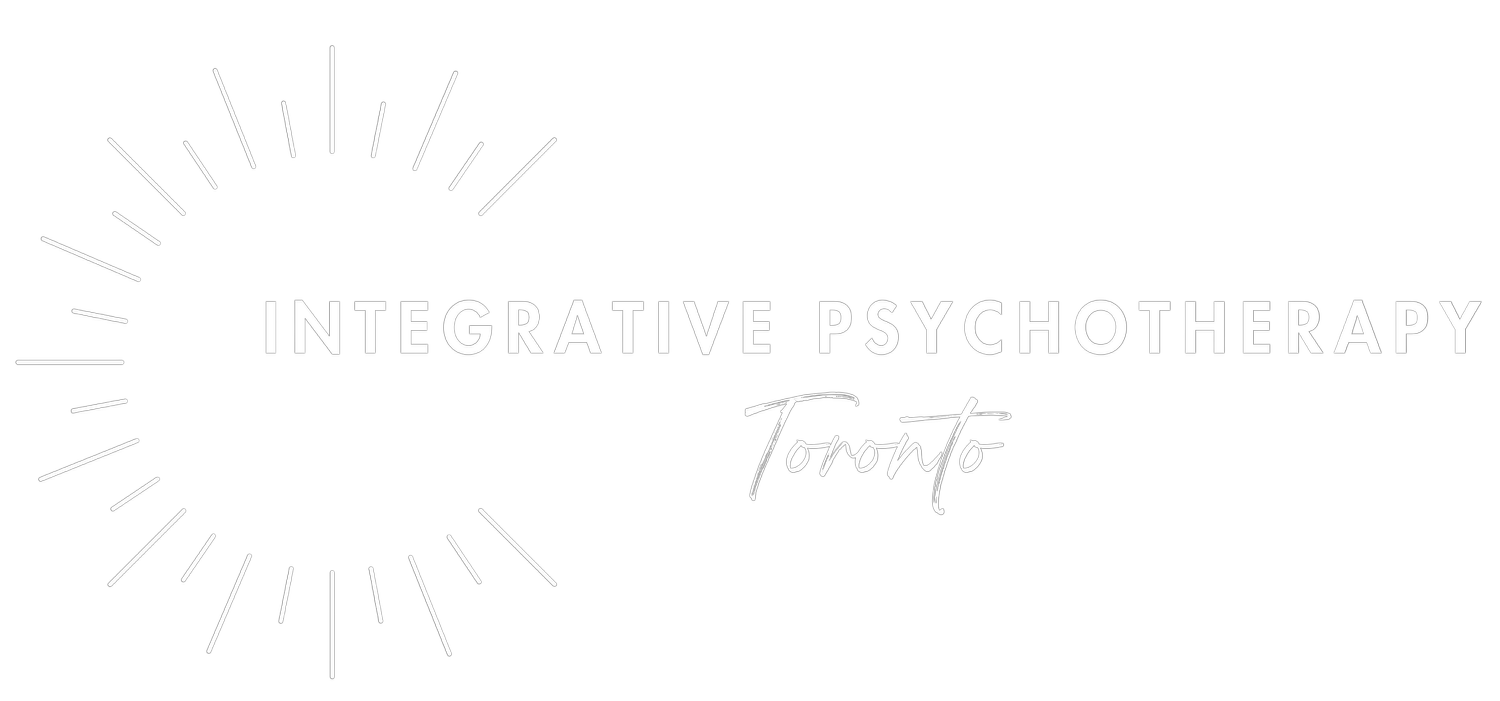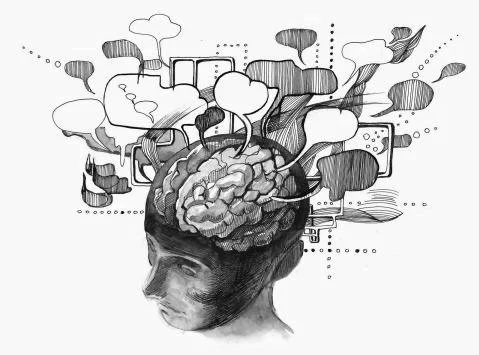The How To's of Health Savings
In the previous two blog posts, Stress: The Great Drain on Our Health Accounts and Stress: Understanding Health Accounting, we discussed how the mind-body connection relates to the effects of stress on our health. As you may recall, the hypothalamic-pituitary-adrenal (HPA) axis is essentially a relay system through which the mind can communicate with the body. This allows an event perceived by the brain to cause a physiological response in the body. In the case of a stressful event – such as a hungry lion on the prowl or an angry boss on a warpath – the physiological response triggered is the adrenaline-riddled fight-or-flight response. This response primes our body for action; it increases our blood pressure, speeds up our heart rate, raises our blood sugar levels and pumps blood to our limbs. And while these responses are very beneficial for the few minutes that we need to fight off a predator or run from our boss, the longer they are sustained, the more the cost-benefit ratio starts to swing in the other direction. In the context of our health accounts, the fight-or-flight system is energetically expensive and burns through our savings faster than high-interest credit cards.
So how do we manage our health finances? What is the equivalent of an RRSP in health terms? When do we focus on accruing savings vs. minimizing spending? And what does it mean in practical terms to invest in our health?
As with financial planning, where, when and how much we invest changes with time and depends on our situation.
When times are good, grandma’s adage holds true – save for a rainy day! This is the time to be stockpiling your savings account by nourishing that fiscally responsible rest-and-digest system. Research has shown that a regular sleep cycle supports healthy cortisol levels, while even short-term disruptions in sleep quality and duration cause hormonal imbalances and HPA axis dysregulation. Even a single night of poor or reduced sleep can cause reduced insulin sensitivity, which is the same effect caused by diseases like diabetes and metabolic syndrome. For those who struggle with sleep and insomnia, proper sleep hygiene is essential and additional help with nutritional supplementation, herbs or acupuncture may be useful. Similarly, a healthy, balanced diet that is high in whole foods, healthy fats and proteins and low in refined sugars will pay high dividends.
Then there are the times when you need to draw on your savings. And the amount to which this wreaks havoc on your health finances depends on three factors: how healthy your savings were to begin with, how long your spending spree lasts, and how you manage what’s left in your account.
Assuming you’ve taken the advice above and have squirreled away a comfortable little nest egg, let’s consider some of the ways we can best capitalize on those savings even in times of scarcity.
If you recall from the previous post, the General Adaptation Syndrome describes the three main phases of stress (a.k.a. how our spending habits change the longer our spending spree lasts). The first is the alarm phase, which essentially consists of the fight-or-flight system doing exactly what it’s meant to do: reacting hard and fast for just long enough to get you to safety. This is accomplished via signals from the HPA axis, which cause the release of adrenaline and cortisol, which lead to increased heart rate, blood pressure and blood sugar. During this phase, activities, nutrients and herbs that curb the HPA axis and modulate cortisol levels are particularly effective at mitigating the negative effects of stress. Calming activities, such as meditation and deep breathing, promote the activity of the rest-and-digest nervous system, thereby dampening the fight-or-flight system. L-theanine, an amino acid found in green tea, and certain herbs such as Magnolia and Lavender, have similarly calming effects (and for those of you questioning the efficacy of herbal alternatives, check out this study which found the results of using Lavender to treat generalized anxiety disorder to be comparable to those using Lorazepam) while nutrients such as phosphatidylserine (found in soy lecithin, meat and fish) can help to normalize cortisol levels.
In an ideal world, we never test the limits of our savings accounts by pushing them past the alarm phase. Unfortunately, between jobs and kids, cars and houses, we’re constantly pushing limits and venturing into the realms of the resistance and exhaustion phases. During these times, adaptogenic herbs such as Holy basil, Rhodiola, Eleutherococcus, and Ashwagandha, which optimize the stress response and work to rebalance the system, are particularly useful. Different herbs act on different aspects of the HPA axis, affecting everything from how the brain perceives stress to how the adrenals respond to stress cues. As we move into chronic stress territory it becomes increasingly important to ensure we have adequate supplies of B vitamins and vitamin C, which are essential to adrenal function and energy production, and are rapidly depleted during times of stress.
Just like financial investments, there are a lot of different options when it comes to managing your health assets. In taking stock of your accounts, it is important to do some budgeting. How much do you currently have in the bank? Are you operating at a surplus or a deficit? And during those times when you go into debt, are you paying it off quickly or just making the minimum payments?
While we may not typically think of our health the way we think of our finances, it is one of our most important resources – and it’s ours to decide when to conserve and when to splurge, when to save and when to spend. So next time you’re reviewing your financial statements, consider taking an inventory of your health accounts and applying some of the same logic – Save when you can. Spend when the price is right. Maximize your return on investment. And if you need some advice on the matter… your Naturopathic Doctor is a chartered health accountant.







